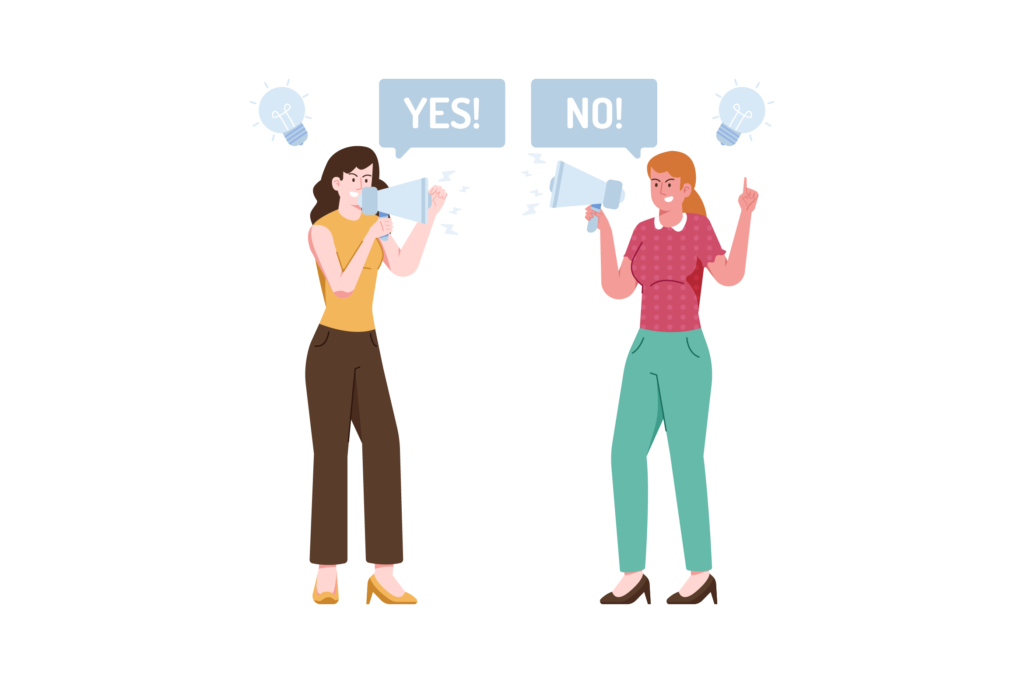Pros and Cons Of Self-Publishing
Do you have a book you’re just bursting at the seams to get put out to the world? Perhaps you’ve already written it or you’re in the middle of production. Whatever stage of the writing process you may be in, it’s important to consider what publishing route you want to take.
With so many options, many authors today choose to self-publish their books instead of the traditional publishing routes. If you’re considering self-publishing, be sure to take time to read below and discover the pros and cons of this option. Self-publishing has taken off in the past years as it means there’s no limit to who can publish a book, manuscript or autobiographical read. Take a look at the advantages and disadvantages listed below.
Benefits of Self-Publishing
Here’s a dive into the benefits you’ll find by choosing to self-publish your own materials versus going with a traditional publishing company:
- Keep Rights-When you go with traditional publishing, you can end up having to sell all the rights to your work. Self-publishing allows you to keep your rights. Some publishing companies will require you to sell all the rights meaning you can’t use this material anywhere else again. However, if you choose to publish it yourself you can republish however and whenever you like.
- Quicker publication times – When you are putting a book out, you want to get it on to shelves and in the hands of the public as soon as possible. With self-publishing, this can actually take months off the process versus having to go through a team of publishers.
- Earn more money – When printing the traditional route, authors only earn royalties which can be anywhere from 10-15% of the sales. However, when you choose to publish on your own, you can actually earn every dollar made from the sale of your books. This means more money in your pocket and less going to someone else for your work.
- More shelf time – When you are dealing with a traditional publisher, you will see a few months of peak shelf time when your book is first released. However, when that publisher releases something new, your book is moved. Self-publishing allows you to keep the shelf space for longer time periods.
- Freedom of control – You have control over what your cover looks like without the hassle of arguing with designers over what they’ve created. Control of what the book looks like when it comes to market is in your sole ability.
Disadvantages of Self-Publishing
Even though the pros are numerous of producing your own work, there are some downsides to be aware of. The disadvantages of this type of publication include:
- Cost more out of pocket – You could be looking at thousands of dollars out of pocket for the marketing, production, and development of your new book. This can be very costly depending on how you want the book to be promoted and where it is going.
- Less support – Going through self-publication means you do not readily have a graphic artist or designer on your side. You may have to find one to help you if you do not have the proper skills to do it yourself. This can cost you more money and time in getting your book to market.
- Credibility and recognition – When you go this route, you do not have the credibility or recognition that a traditional publication can bring to the market for you. You may become another author on the shelf without some assistance from a proven company behind you.
- Storage space – Consider if you have the storage space to house your new release when it’s published. You will typically have to publish a larger amount when you go this route, and you’ll have to have a place to store it.
- No guarantee – When you have a traditional publishing company, you have a certain amount of support and guarantee that it will be marketed and reach the public. When you do it on your own, you don’t have that support. It could be that you make a large investment with a small return if you’re not careful.
Self-publishing can be a great way to get your book to the market quicker and with you retaining all the rights of your work. However, it does come with some downsides. Be sure to carefully consider all of these pros and cons for your next project.

